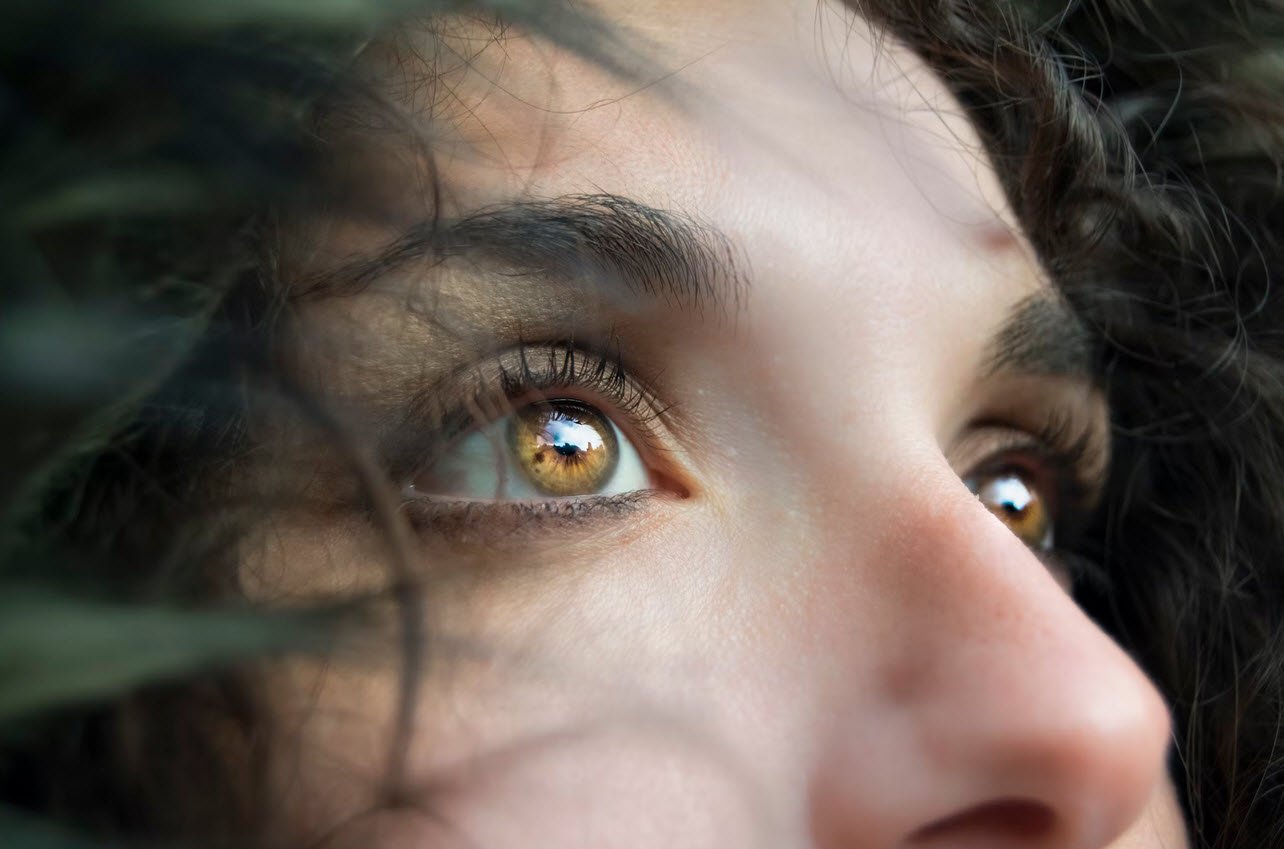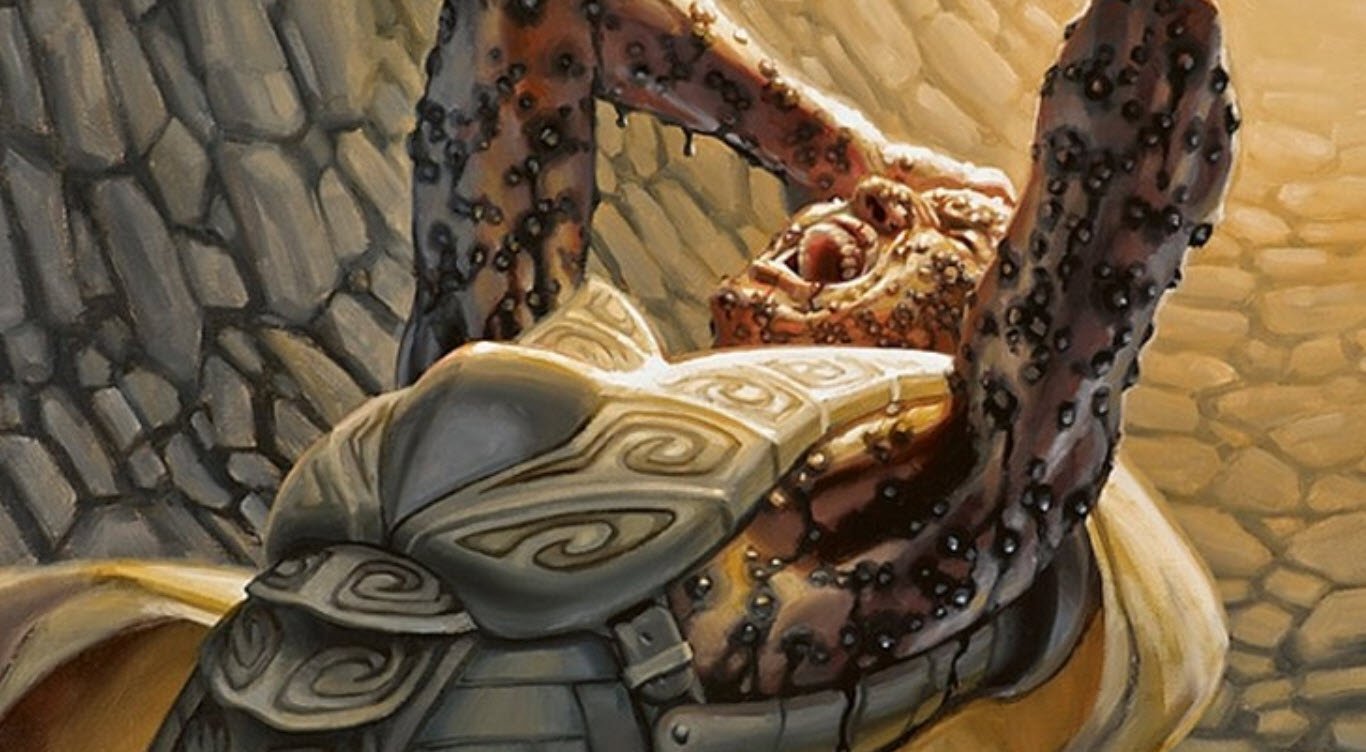
Ramsay Hunt syndrome also termed Hunt’s Syndrome and herpes zoster oticus. Ramsay Hunt syndrome is a complication of shingles. Shingles is an infection caused by the varicella-zoster virus, which is the virus that causes chickenpox.
Shingles occurs in people who have had chickenpox and represents a reactivation of the dormant varicella-zoster virus.(geniculate ganglion) If the virus reactivates and affects your facial nerve, the result is Ramsay Hunt syndrome. The condition mainly affects adults. In rare cases, it is seen in children.
Ramsay Hunt syndrome (Herpes zoster oticus) is a disease that affects cranial nerves 7 and 8. It is caused by the spread of the varicella-zoster virus to facial nerves near one of your ears. As a result of this infection, the facial nerve becomes inflamed and irritated. Hearing loss in the affected ear occurs.
Hearing loss is reported in 24.4% of affected children.
The two main signs of Ramsay Hunt syndrome are:
1. Rash or herpetic blisters in the distribution of the nervus intermedius. The distribution of the rash varies, as does the area innervated by the nervus intermedius.
It may include the following:
- The anterior two thirds of the tongue.
- The soft palate.
- The external auditory canal.
- The pinna The rash/blisters are often painful with a generalised sensation of burning over the affected area.
2. Facial weakness or paralysis on the same side as the affected ear.
Who is Affected and Risk Factors by RHS
- Anyone who has had chickenpox can develop RHS
- More commonly
- Post menopausal women over 60
- Anyone with a weakened immune system
- Head traumas
Just In: Justin Bieber is postponing his tour due to a RHS virus that has caused partial facial paralysis.
The COVID-19 pandemic has caused profound social and economic upheaval. COVID-19 vaccines promise to prevent infection of the SARS-CoV-2 virus. However, due to their expedited approval, these vaccines need to be vigilantly monitored for their safety.
Tests may include:
- Blood tests for varicella-zoster virus
- Electromyography (EMG)
- Lumbar puncture (in rare cases)
- MRI of the head Nerve conduction (to determine the amount of damage to the facial nerve)
- Skin tests for varicella-zoster virus
Sometimes strong painkillers are also needed if the pain continues even with steroids. While you have weakness of the face, wear an eye patch to prevent injury to the cornea (corneal abrasion) and other damage to the eye if the eye does not close completely.
Some people may use a special eye lubricant at night and artificial tears during the day to prevent the eye from drying out.
Occasionally, the virus may spread to other nerves, or even to the brain and spinal cord.
This can cause:
- Confusion
- Drowsiness
- Headaches
- Limb weakness
- Nerve pain
- 51 Ways to Reduce Allergies – A Comprehensive Guide
- Six Different Types of Anxiety Disorders You Need To Know
- Cataracts vs. Glaucoma – Unraveling the Differences in Two Common Eye Conditions
- Asthma – A Chronic Inflammatory Disorder
- Diabetes – Types, Causes, and Symptoms
- Exploring the Spectrum of Diseases – A Comprehensive Overview of Different Classes
- What is Oppositional Defiant Disorder (ODD)?
- Black Pox – Unraveling the History and Horror of Smallpox
- Top 6 Symptoms of Autism Spectrum Disorder (ASD)
- Understanding the Risk Factors for Obstructive Sleep Apnea (OSA)








